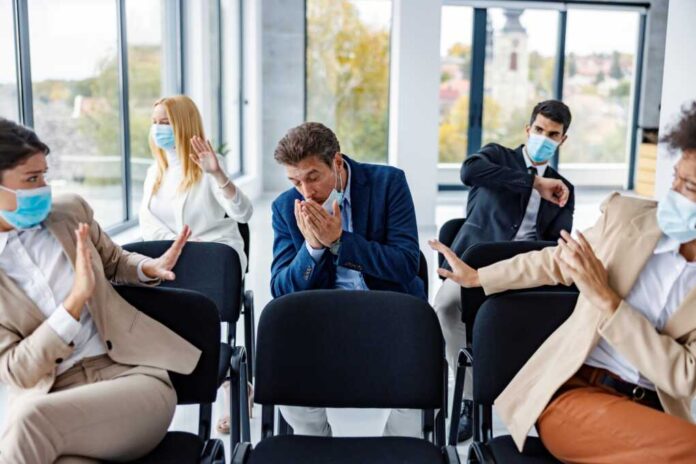
Over the past few years, viral illnesses have dominated our collective psyche in ways we never thought possible.
A sneeze in a crowded subway car or a cough in an office can send ripples of concern through the people nearby.
Given the social implications and potential health risks involved, the question of how long one remains contagious after a viral infection is not just a medical query ― it’s a social responsibility.
The Biological Timeline: What Science Says
Viruses can be as different as the people they infect.
The period during which an individual is contagious varies depending on the specific virus, and even that person’s particular case.
For example, the common cold often renders an individual contagious a few days before symptoms appear and continues for up to seven days afterward.
In contrast, influenza has a shorter pre-symptomatic contagious period but can last longer once symptoms have manifested.
The Role of Viral Load
One of the critical factors determining contagiousness is viral load, the amount of virus present in the body.
Higher viral loads often correlate with increased sickness and increased transmissibility.
However, this is not a straightforward metric, as some individuals can still transmit the virus even when viral loads are low.
The Social Equation: Ethical Considerations
While biological timelines provide a basis for understanding contagiousness, the social equation is far more complex.
Ethical questions arise: How long should you isolate yourself? When is it morally permissible to return to communal spaces?
Even though you might be past the peak contagious period according to medical guidelines, there’s still a non-zero risk of spreading the virus to others.
Vulnerable Populations
Extra caution is warranted when frequenting spaces inhabited by vulnerable populations such as the elderly, immunocompromised individuals, or young children.
Here, the question of how long one should be cautious extends beyond standard medical advice.
Beyond the Medical Guidelines: Context Matters
You may have noticed that medical guidelines often come with disclaimers stating that they are general recommendations and not tailored to individual circumstances.
Context matters in the assessment of contagiousness.
For example, healthcare settings may have stricter guidelines, and family situations involving vulnerable individuals may necessitate extended caution.
The Power of Collective Responsibility
The topic of contagiousness after a viral infection transcends personal concern and morphs into a collective responsibility.
This shift in perspective is not just altruistic, it’s pragmatic.
Viruses do not discriminate, and the more effectively they are contained, the better for everyone involved.
Community Immunity
Strategies like vaccination and herd immunity are collective endeavors that aim to protect even those who cannot be vaccinated or are more susceptible to severe illness. Your individual actions contribute to the larger goal of community health.
A Convergence of Factors
Determining how long to remain cautious after a viral infection is an intricate interplay of biological, ethical, and contextual factors.
While science provides critical guidelines, social and moral considerations enrich our understanding of what it means to be cautious.
In an era where individual actions can have global repercussions, the question of contagiousness serves as a reminder that our choices reverberate far beyond ourselves.






















